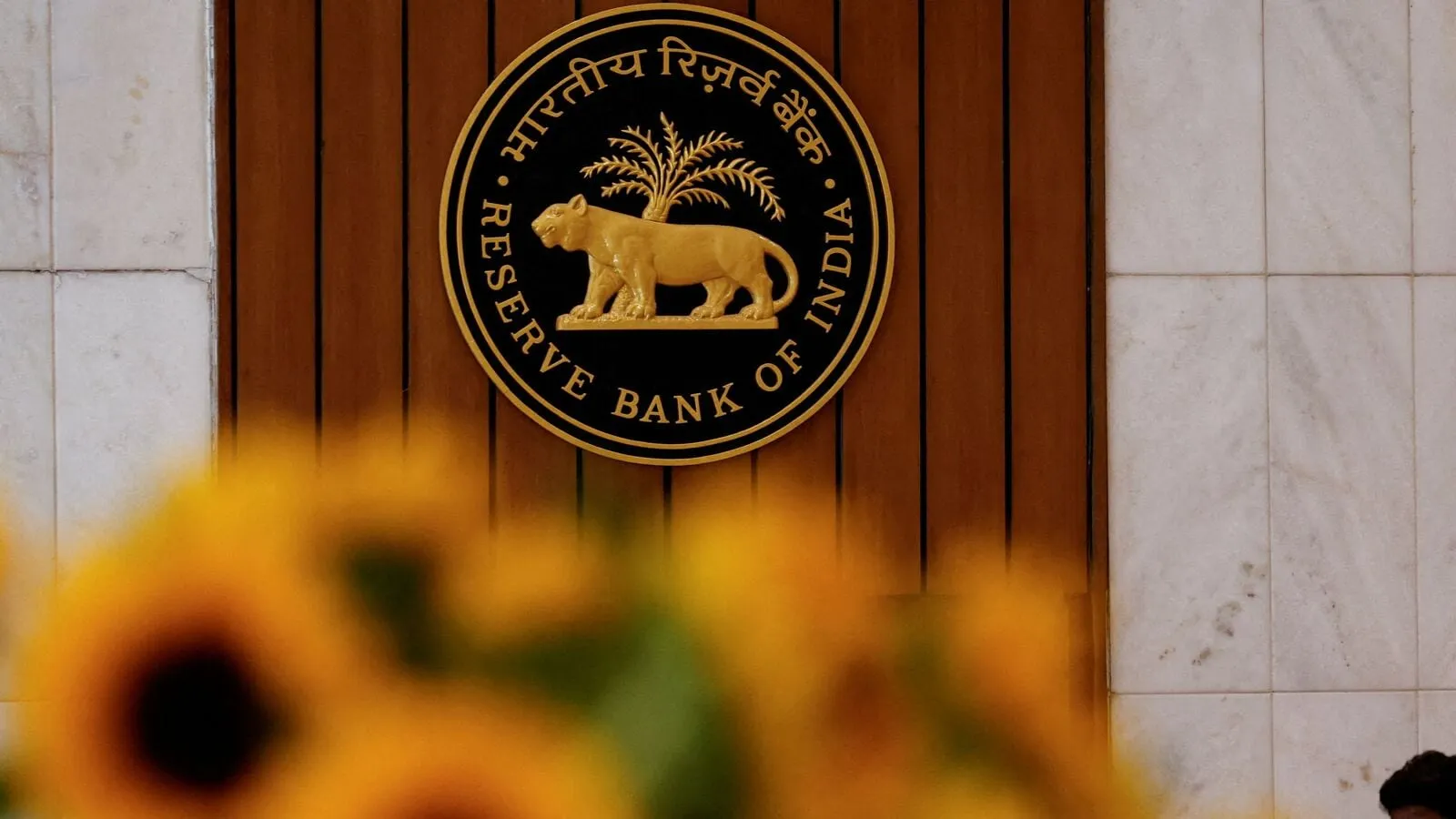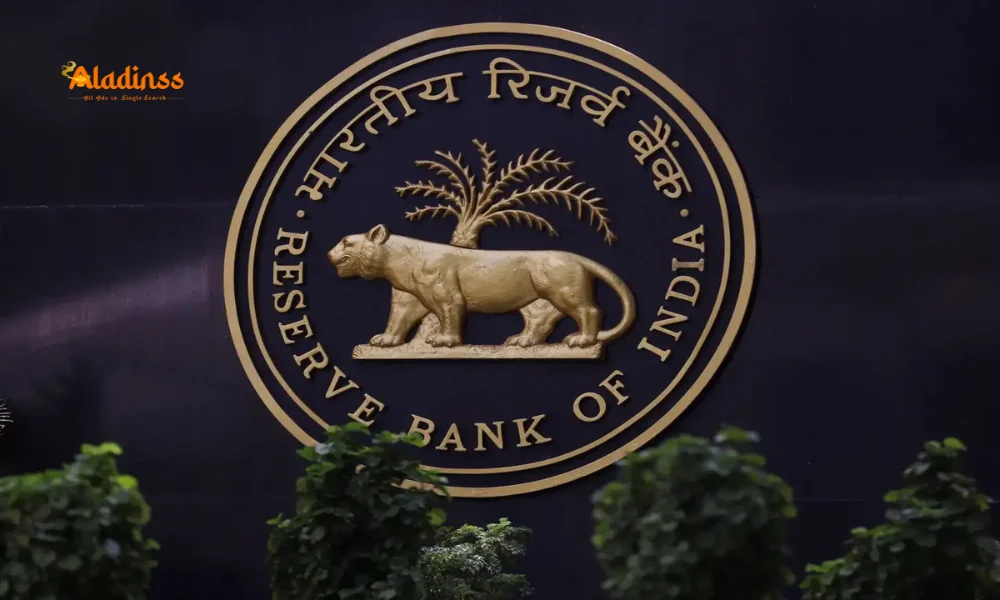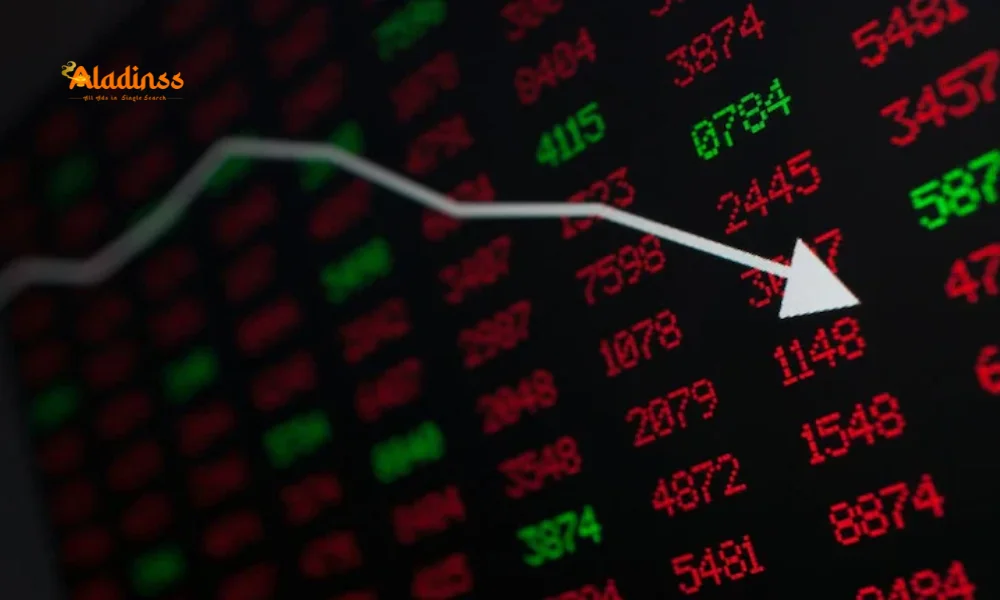India’s Forex Reserves Surge to $694B in 2025

India’s Forex Reserves Surge by $3.5 Billion to $694 Billion in August 2025
India’s foreign exchange reserves witnessed a significant increase of $3.51 billion, reaching $694.23 billion for the week ending August 29, 2025, according to the latest data from the Reserve Bank of India (RBI). This rebound follows a decline of $4.386 billion in the previous week, when reserves stood at $690.72 billion. The rise reflects strategic adjustments by the RBI, particularly an increased focus on gold reserves and a reduction in US Treasury bills (USTs). This article delves into the components driving this growth, the RBI’s evolving reserve strategy, and the broader implications for India’s economic stability.
Breakdown of the Forex Reserves Increase
The $3.51 billion surge in India’s forex reserves for the week ending August 29, 2025, is attributed to gains across multiple components. The RBI reported that foreign currency assets (FCAs), the largest component of the reserves, rose by $1.686 billion to $583.937 billion. These assets, denominated in major currencies like the US dollar, euro, pound, and yen, are influenced by the appreciation or depreciation of non-US currencies. The increase reflects both market dynamics and the RBI’s active management of currency fluctuations to stabilize the Indian rupee.
Gold reserves also played a significant role, growing by $1.766 billion to $86.769 billion during the same week. Additionally, Special Drawing Rights (SDRs) increased by $40 million to $18.775 billion, and India’s reserve position with the International Monetary Fund (IMF) rose by $18 million to $4.749 billion. These incremental gains across various components underscore the RBI’s diversified approach to bolstering India’s forex reserves, which serve as a critical buffer against economic shocks and rupee volatility.
RBI’s Strategic Shift Toward Gold Reserves
The RBI has increasingly prioritized gold over US Treasury bills (USTs) to strengthen its foreign exchange reserves. As of June 2025, India’s investments in USTs dropped to $227 billion from $242 billion a year earlier, while gold holdings expanded significantly. Over the past year, the RBI added 39.22 metric tonnes of gold, bringing total holdings to 879.98 metric tonnes by June 27, 2025, up from 840.76 metric tonnes the previous year. This shift aligns with a global trend among central banks to diversify reserves away from US dollar-denominated assets.
Gold serves as a hedge against inflation and currency depreciation, providing stability during economic uncertainties. The RBI’s increased gold accumulation reflects a strategic response to global geopolitical risks and trade uncertainties, particularly amid concerns over US dollar volatility. Despite the reduction in UST holdings, India remains among the top 20 investors in US T-bills, surpassing countries like Saudi Arabia and Germany. The lowest UST stock was recorded in December 2024, just before significant global economic shifts.
Global Context: Comparing Reserve Strategies
India’s recalibration of its reserve mix mirrors trends among other major economies. China, the third-largest holder of US Treasuries after Japan and the UK, reduced its UST holdings to $756 billion in June 2025, down from $780 billion a year earlier. In contrast, Israel increased its exposure to US debt, highlighting divergent strategies among nations. These shifts are driven by concerns over US dollar dominance, potential sanctions, and the need for diversified assets to mitigate risks in an uncertain global economic environment.
India’s forex reserves, which hit an all-time high of $704.89 billion in September 2024, are a critical component of its economic resilience. The recent $3.51 billion increase brings reserves closer to this peak, reinforcing India’s ability to cover approximately 11 months of imports. This robust reserve position supports the RBI’s interventions in the forex market to manage rupee volatility, particularly against a strengthening US dollar, which has pushed the rupee to near-record lows.

Role of Forex Reserves in Economic Stability
Foreign exchange reserves act as a financial cushion, enabling India to meet external obligations, such as import payments and foreign debt servicing, while maintaining confidence in the rupee. The RBI actively intervenes in the forex market by buying or selling dollars to prevent excessive volatility in the exchange rate. For instance, during periods of rupee depreciation, the RBI sells dollars from its reserves to stabilize the currency, as seen in recent interventions when the rupee hit 84.0650 against the dollar.
The composition of India’s forex reserves includes foreign currency assets, gold, SDRs, and the IMF reserve position. Foreign currency assets, primarily held in US dollars, euros, pounds, and yen, facilitate international trade and liquidity management. Gold reserves provide a safe-haven asset, while SDRs and the IMF reserve position enhance global financial stability. The RBI’s strategic accumulation of reserves, particularly gold, strengthens India’s position in the global economy, ranking fourth globally with $644.39 billion in reserves as of December 2024.
Factors Driving Forex Reserve Growth
Several economic factors contribute to the growth of India’s forex reserves. A positive trade balance, where exports exceed imports, leads to an inflow of foreign currency, boosting reserves. Foreign direct investment (FDI) and foreign portfolio investment (FPI) also play a significant role. In April 2025, gross FDI inflows reached $8.8 billion, driven by manufacturing and business services, while FPI inflows recorded $1.7 billion in May 2025, primarily in equities. These inflows enhance the RBI’s capacity to accumulate reserves.
Economic stability and investor confidence further support reserve growth. India’s growing economy attracts foreign investors, increasing forex inflows. However, challenges such as rupee depreciation and global trade uncertainties can prompt the RBI to dip into reserves to defend the currency. The recent $3.51 billion increase reflects a balance between these inflows and the RBI’s strategic interventions to maintain stability.
Implications for India’s Economy
The $694.23 billion forex reserves as of August 29, 2025, signal robust economic health and provide the RBI with ample firepower to manage external vulnerabilities. High reserves enhance India’s creditworthiness, attracting foreign investment and supporting economic growth. They also enable the RBI to maintain rupee stability, a critical factor given the currency’s recent volatility against the US dollar. The increased reliance on gold diversifies the reserve portfolio, reducing exposure to US dollar fluctuations and geopolitical risks.
However, maintaining large reserves comes with costs, such as the opportunity cost of holding low-yield assets like gold or USTs instead of investing in infrastructure or development. The RBI carefully balances these trade-offs, ensuring reserves are sufficient to cover external obligations while supporting domestic growth. The recent surge positions India favorably to navigate global economic challenges, including potential tariff wars and supply chain disruptions.
Future Outlook for India’s Forex Reserves
The RBI’s proactive approach to reserve management, including its emphasis on gold, positions India to withstand global economic uncertainties. Analysts project that India’s reserves could approach the $750 billion mark by 2026, aligning with the Economic Survey of India’s 2014-15 target of $750 billion to $1 trillion. Continued FDI and FPI inflows, coupled with a stable trade balance, will drive this growth. However, challenges such as global inflation, US interest rate hikes, and geopolitical tensions could necessitate further RBI interventions, potentially impacting reserve levels.
The shift toward gold also reflects a long-term strategy to reduce reliance on US dollar assets, a trend echoed by other BRICS nations like China. As India continues to diversify its reserves, it strengthens its economic sovereignty and resilience, ensuring it can meet external obligations while fostering sustainable growth.
Comment / Reply From
No comments yet. Be the first to comment!









